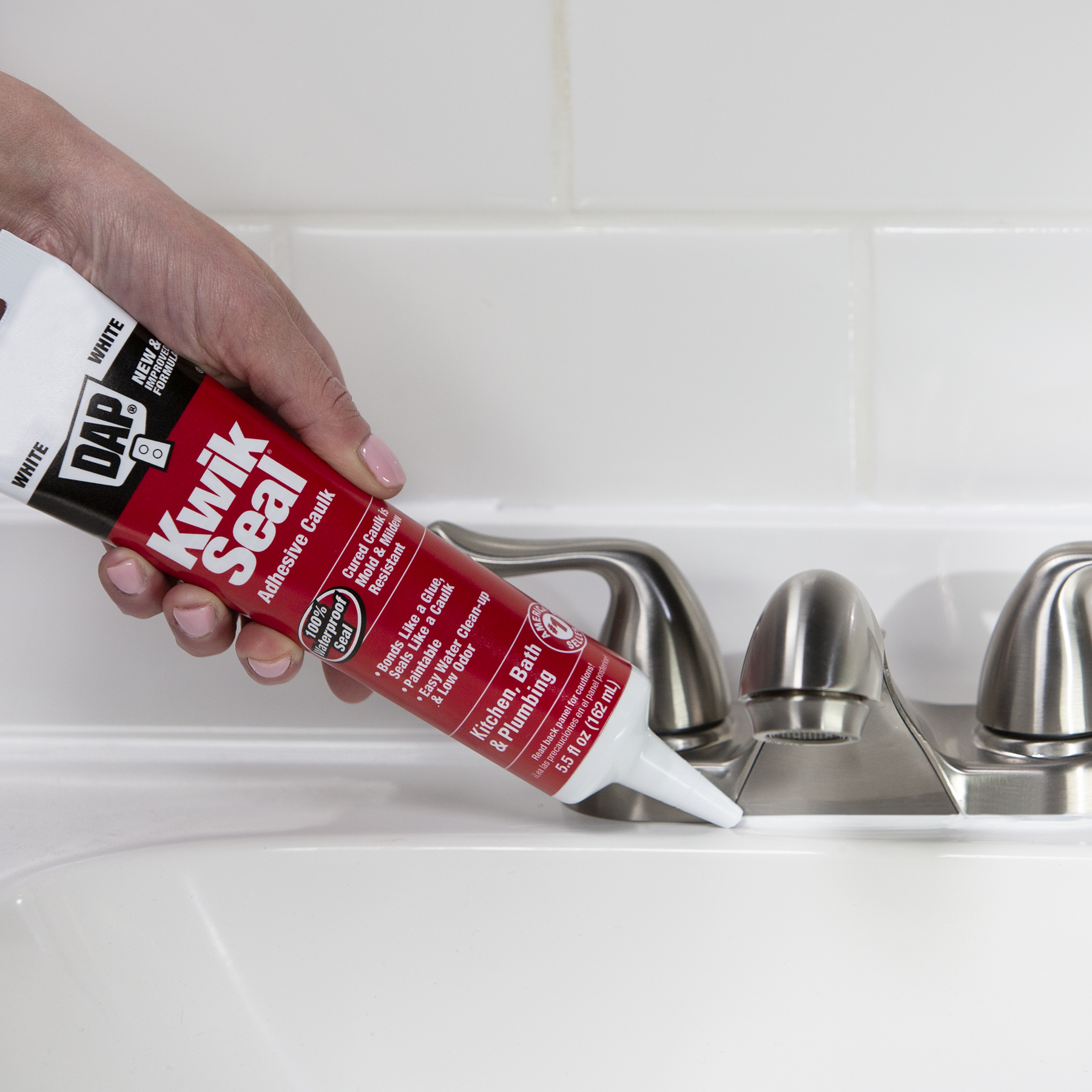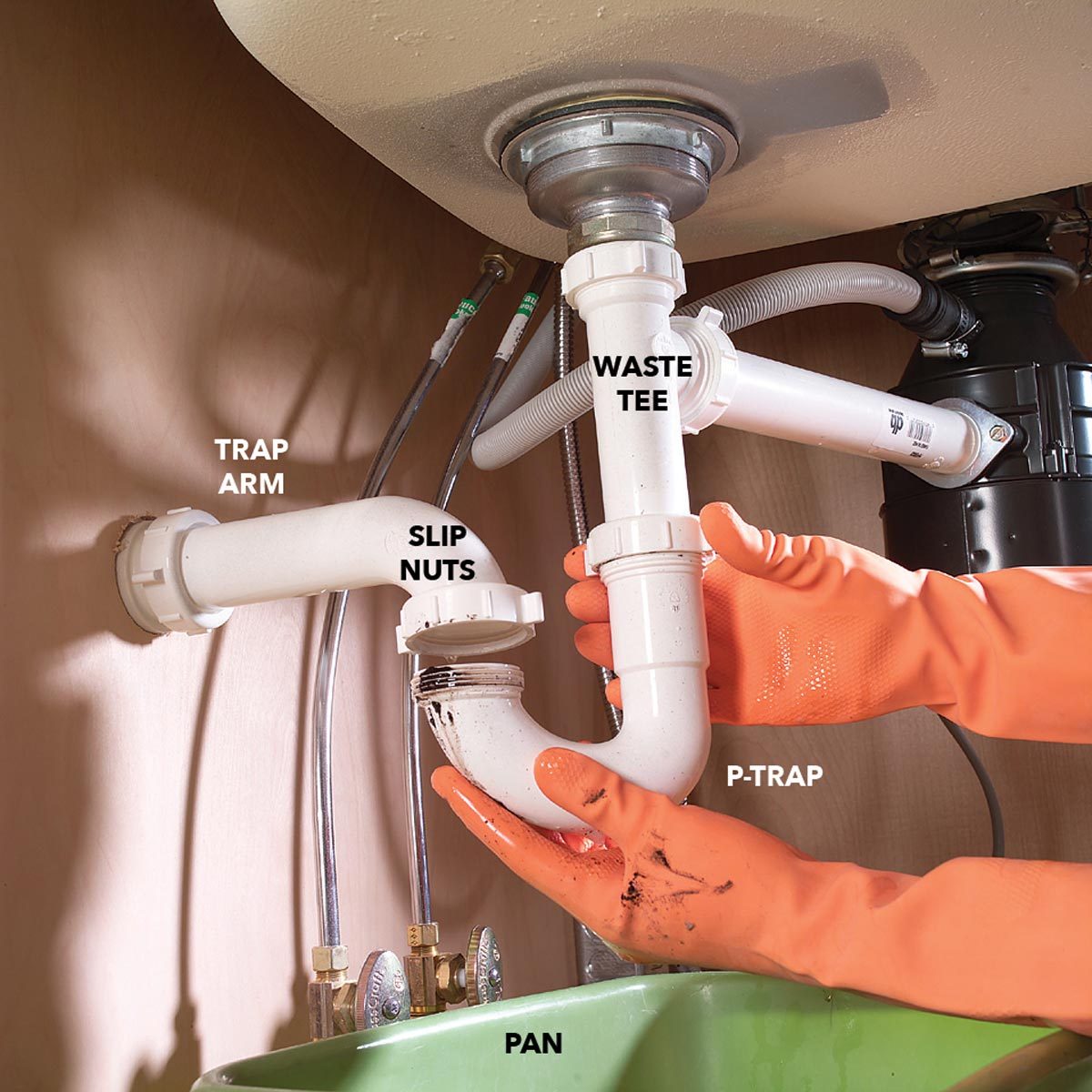Sealing Methods

How to seal a bathroom sink drain – Sealing a bathroom sink drain effectively prevents water leakage and ensures proper drainage. Here are the most common methods used:
Plumbers Putty
- Plumbers putty is a pliable, oil-based sealant that creates a watertight seal between the drain flange and the sink.
- To apply, roll out a small piece of putty into a rope and place it around the base of the drain flange.
- Tighten the drain flange by hand, then use a wrench to fully secure it.
Silicone Caulk
- Silicone caulk is a waterproof sealant that is applied around the perimeter of the drain flange.
- Before applying, clean and dry the surfaces thoroughly.
- Apply a continuous bead of caulk around the flange and smooth it out using a wet finger or a caulk tool.
Rubber Gaskets, How to seal a bathroom sink drain
- Rubber gaskets are pre-formed seals that fit snugly between the drain flange and the sink.
- To install, place the gasket on the drain flange and tighten the flange by hand or with a wrench.
- Ensure the gasket is properly seated and not pinched or torn.
Identifying the Leak Source

Bathroom sink drain leaks can be a common plumbing issue, and identifying the source of the leak is crucial for effective repair. The leak can originate from various components of the drain, including loose fittings, damaged seals, or corrosion.
To identify the leak source, follow these steps:
Inspecting the Drain
- Check the drain stopper: Ensure that the drain stopper is securely in place and not loose or damaged. A loose stopper can allow water to seep around it, causing a leak.
- Examine the drain flange: The drain flange is the metal ring that connects the sink to the drainpipe. Look for any cracks, rust, or loose connections. A damaged flange can create a gap where water can escape.
- Inspect the P-trap: The P-trap is the U-shaped pipe beneath the sink that prevents sewer gases from entering the bathroom. Check for any loose connections, cracks, or corrosion. A leak in the P-trap can drip water onto the floor.
Tools and Materials: How To Seal A Bathroom Sink Drain

Sealing a bathroom sink drain effectively requires the right tools and materials. Here’s a comprehensive list of essentials:
Wrenches: Adjustable or basin wrenches are crucial for tightening and loosening nuts and bolts around the drain assembly.
Pliers: Slip-joint pliers are versatile for gripping and turning various components, while needle-nose pliers are ideal for reaching tight spaces.
Caulk Gun: A caulk gun is essential for applying sealant around the drain assembly and pipe connections.
Sealants: Choose a high-quality sealant specifically designed for plumbing applications, such as silicone or plumber’s putty.
Other Materials: Additional materials may include a drain strainer, washers, and a bucket for collecting water.
Sealing a bathroom sink drain is essential to prevent water leaks. If you encounter any difficulties in removing the stopper, refer to this guide on how to remove bathroom sink stopper. Once the stopper is removed, apply a bead of silicone caulk around the base of the drain and smooth it out with your finger or a caulk tool.
Allow the caulk to cure for the recommended time before using the sink again.
To keep your bathroom sink drain free from leaks, ensure it’s properly sealed. If you’re looking to upgrade your bathroom’s aesthetics, consider pedestal sink bathroom ideas. These sinks offer a timeless and elegant look. After installing your pedestal sink, don’t forget to seal the drain to prevent any unwanted water seepage.